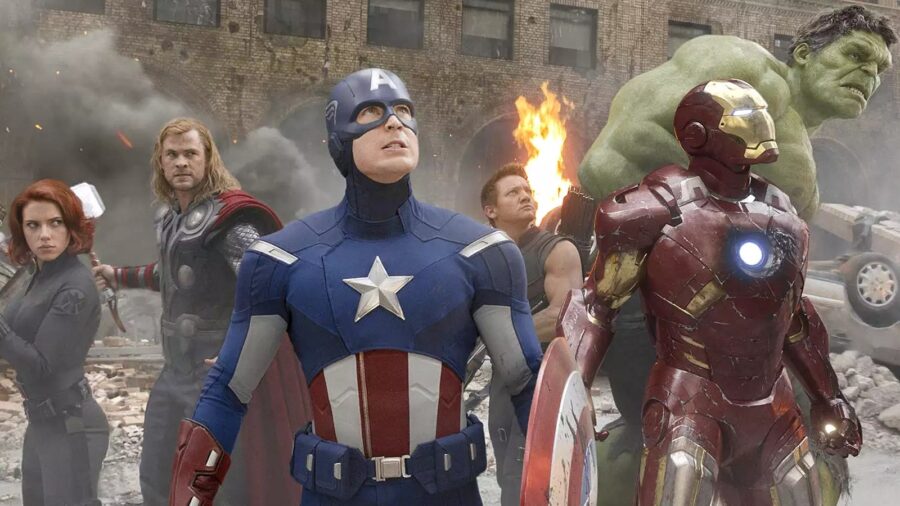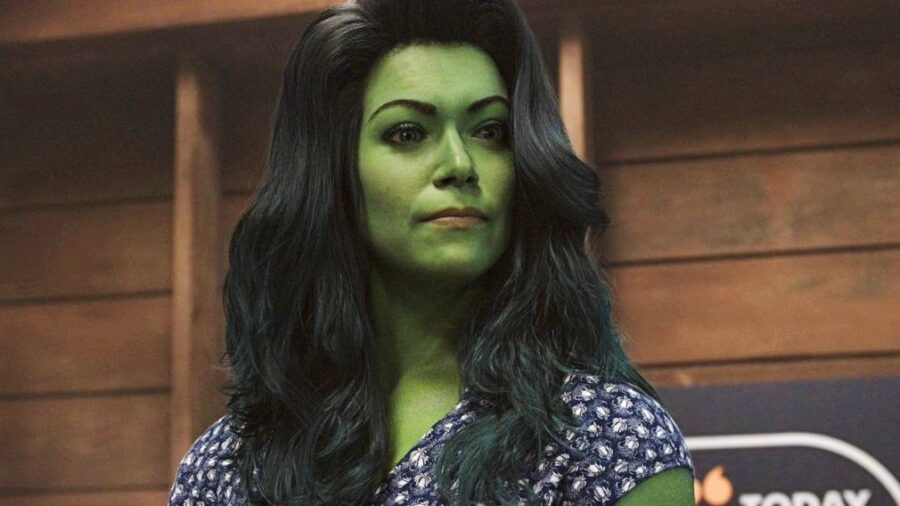Recently Departed Marvel Exec Responsible For Toxic Workplace And Blacklists?
Marvel executive Victoria Alonso is blamed as the main source for the toxic culture around VFX artists and post-production work at Marvel.

Last week, it was revealed that longtime Marvel Studios executive Victoria Alonso left her post as president of physical and postproduction, visual effects, and animation production. Marvel has long been under fire for its treatment of VFX artists, and now the blame is being pinned on Alonso. Chris Lee, a senior reporter for Vulture, wrote on Twitter that Alonso was primarily responsible for the inhumane working conditions plaguing Marvel’s VFX teams.
Lee alleged that, per multiple sources, toxicity in the Marvel post production pipeline has been a direct result of Victoria Alonso. Lee called Alonso, “a kingmaker who rewarded unquestioning fealty with an avalanche of work, but who also maintained the blacklist that kept FX pros wild eyed with fear.”
He then quoted an unnamed technician behind the scenes at Marvel who said, “The main one that everyone’s quite scared of is Victoria Alonso. If she likes you, you’re going to get work and you’re going to move up in the industry. If you have pissed her off in any way, you’re going to get frozen out.”
This is not the first time Chris Lee has reported on the alleged VFX crisis at Marvel; he covered the topic extensively in a January report in Vulture. While details sometimes conflict, the broad narrative of Marvel’s treatment of VFX artists has been consistent; the studio overworks and underpays artists, all while forcing them into strict NDAs to avoid information leaks. What makes the latest allegations different is that the finger isn’t being pointed at Marvel but at Victoria Alonso specifically.
The allegations have raised some eyebrows. Some took to Twitter to call the accusations against Alonso scapegoating. The general response has been that the problem at Marvel is a systemic one, not one that can be traced back to a single person, even someone as powerful and involved as Victoria Alonso.
Others have jumped to Alonso’s defense, pointing out that the person selected to be Marvel’s alleged scapegoat is a female, Latinx, LGBTQ+ community member and advocate. For her professional achievements at Marvel, Victoria Alonso has been on THR’s Women in Entertainment Power 100 list multiple times.
The most recent Marvel project to release with Victoria Alonso’s name on it was Ant-Man and the Wasp: Quantumania. Fans have derided the film’s visual effects, echoed by stories of behind-the-scenes tumult. The Disney+ series She-Hulk: Attorney at Law came under similar fire for the title character’s half-baked appearance.

Quantumania also stumbled at the box office. Though it had the largest opening weekend yet for the tiny superhero, it also had a record-setting earnings drop in its second weekend. The Marvel recipe for success has changed over the years as the studio has added more titles exponentially to its slate, which has equated to more work for Victoria Alonso and the thousands of artists at work on the VFX-heavy franchise.
The increase in releases has put pressure on the artists making them, and it shows on screen, and at the box office, where reported Marvel fatigue is revealing cracks in the armor of the most dominant film franchise in history. Disney’s cost-cutting is impacting its franchises across the board, and some Marvel movies and shows are expected to be delayed. The path forward is even less certain now that Marvel has parted ways with Victoria Alonso.
Whether or not there is truth behind the allegations that Marvel owes its toxic post-production pipeline to Victoria Alonso, evidence is piling up to prove that the Marvel machine is not sustainable. Still, it is one of the most popular franchises in the world and one of the biggest money-makers in the game. Marvel superheroes have saved the world several times over, but their next mission may be to save themselves.












